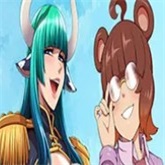At the start of April, Nintendo's highly-anticipated Switch 2 Direct event concluded with an unsettling note. The presentation had been thrilling, showcasing an array of exciting new features and a diverse lineup of upcoming games. However, one crucial detail was conspicuously absent—the price. It didn't take long for fans' fears of a significant price increase to be confirmed. Nintendo later revealed on the newly-launched Switch 2 website that the console would be priced at $449, marking a $150 increase over the original Switch's $299 launch price. The combination of frustration over the lack of upfront pricing and concern about the implications for the console's success intensified, especially after the announcement that the Switch 2's flagship launch game, Mario Kart World, would cost $80.
Some Nintendo fans, still reeling from the Wii U era, quickly succumbed to pessimism, predicting that the Switch 2's price would limit its market and plunge the company back into obscurity. After all, who would pay $450—nearly the same price as a PS5 or Xbox Series X—for what is essentially last-generation technology? These fears were soon dispelled when Bloomberg reported that the Switch 2 was poised to become the biggest console launch in history, with projections of selling 6-8 million units. This would shatter the previous record of 4.5 million units, held by both the PS4 and PS5. Despite its high cost, the demand for the Switch 2 is undeniable, reflecting a trend seen in successful video game console launches.
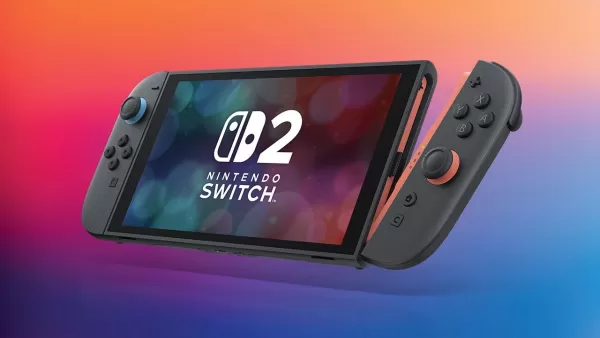
The Switch 2, while not inexpensive, is priced comparably to its competitors. Looking at Nintendo's past, we can glean insights into why the Switch 2 is set to succeed. Take the Virtual Boy, released 20 years ago—Nintendo's first and only foray into virtual reality. The allure of VR was strong then, and its popularity today underscores its appeal, but in 1995, even the most advanced VR technology wasn't ready for widespread adoption. The Virtual Boy, far from cutting-edge, required users to stoop over a table to peer into its viewport, where games were displayed in a jarring red color. Reports of headaches further deterred consumers. The technology failed to live up to the immersive expectations set by science fiction, and as a result, it was rejected by the market.
In contrast, the Switch 2 is more akin to the Wii, which introduced reliable motion control technology that revolutionized gaming and broadened its audience. The Wii's innovations remain influential, as evidenced by the continued inclusion of motion controls in Nintendo's consoles, ideal for games like Pikmin and Metroid Prime. Building a desirable console isn't unique to Nintendo; Sony's PlayStation 2, for example, was a must-have due to its DVD-playing capabilities. However, when Nintendo nails it, they do so spectacularly. The original Switch's seamless transition between handheld and console modes transformed our perception of gaming devices. The Switch 2 addresses the original's primary criticism—its power limitations—while maintaining the beloved hybrid concept.
While the Switch 2 may not be as groundbreaking as its predecessor, it remains highly sought after. Its pricing aligns closely with that of its competitors. The Wii U's failure underscores another critical aspect of successful console launches—compelling games. The Wii U launched with New Super Mario Bros. U, a game that felt repetitive and failed to innovate. Other launch titles like Donkey Kong Country: Tropical Freeze and Super Mario 3D World, while successful later on the Switch, were initially perceived as uninspired. The Wii U lacked a standout game that could drive sales, unlike the Wii's Wii Sports or the Switch's The Legend of Zelda: Breath of the Wild.
In stark contrast, the Switch 2 not only benefits from the stellar library of games from the previous generation but also offers new ways to experience them through graphical enhancements and fresh content. Its launch title, Mario Kart World, reinvents the series with an open-world approach reminiscent of Forza Horizon, providing a compelling reason to upgrade from Mario Kart 8 Deluxe. A month after the Switch 2's release, Nintendo plans to launch the first 3D Donkey Kong game since 1999, which promises to be an exciting spin on the Super Mario Odyssey formula. Furthermore, an exclusive FromSoft game slated for 2026 adds to the allure, resembling Bloodborne. Nintendo has crafted multiple compelling reasons for gamers to invest in this new generation.

Price is always a factor in purchasing decisions, and the Switch 2 is undeniably a premium product, especially in today's economic climate. However, its pricing is consistent with what competitors charge for their flagship consoles. The standard, disc-based PS5 matches the Switch 2's Mario Kart World bundle at $499, while the Xbox Series X is priced similarly. Although one might argue that the Switch 2's less powerful hardware should position it closer to the Xbox Series S's $380 price point, Nintendo's unique offerings justify its value beyond mere performance.
The PS3's launch price serves as a cautionary tale of how an excessively high cost can hinder sales. Priced at $499 for the 20GB model and $600 for the 60GB version ($790 and $950, adjusted for inflation), the PS3 was initially overshadowed by the more affordable Xbox 360. In 2025, the Switch 2's $449 price tag, while significant, is within the established norm for modern consoles.
Nintendo's unique position in the gaming industry stems from its ability to set standards with its games, for which people are willing to pay a premium. Yet, in the context of competition, the Switch 2's pricing is not a premium; it's in line with industry standards. It may not match the PS5's power, but it offers the technology and games that people crave. There are limits to what consumers will spend, and if game prices continue to rise, Nintendo may encounter resistance. For now, however, the company aligns with the pricing set by its competitors, and with over 75 million PS5 consoles sold, it's clear that consumers are willing to meet this benchmark.


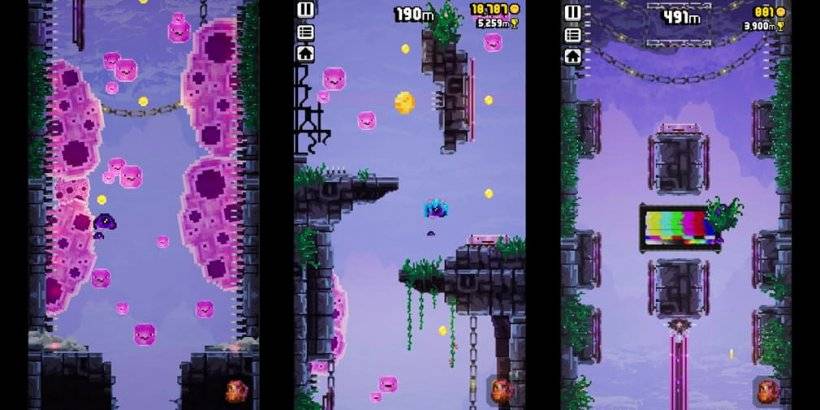
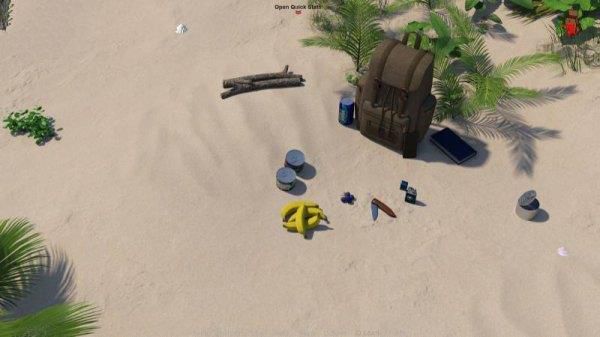
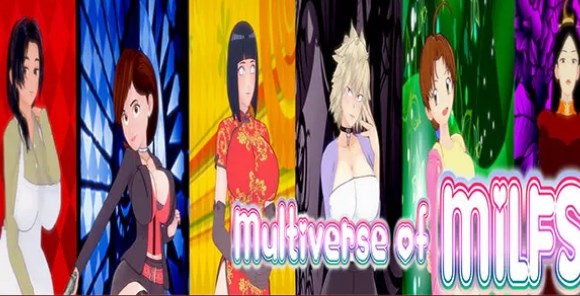
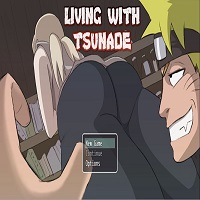
![NULL [Remastered]](https://imgs.39man.com/uploads/71/1719651062667fcaf6c483b.png)

